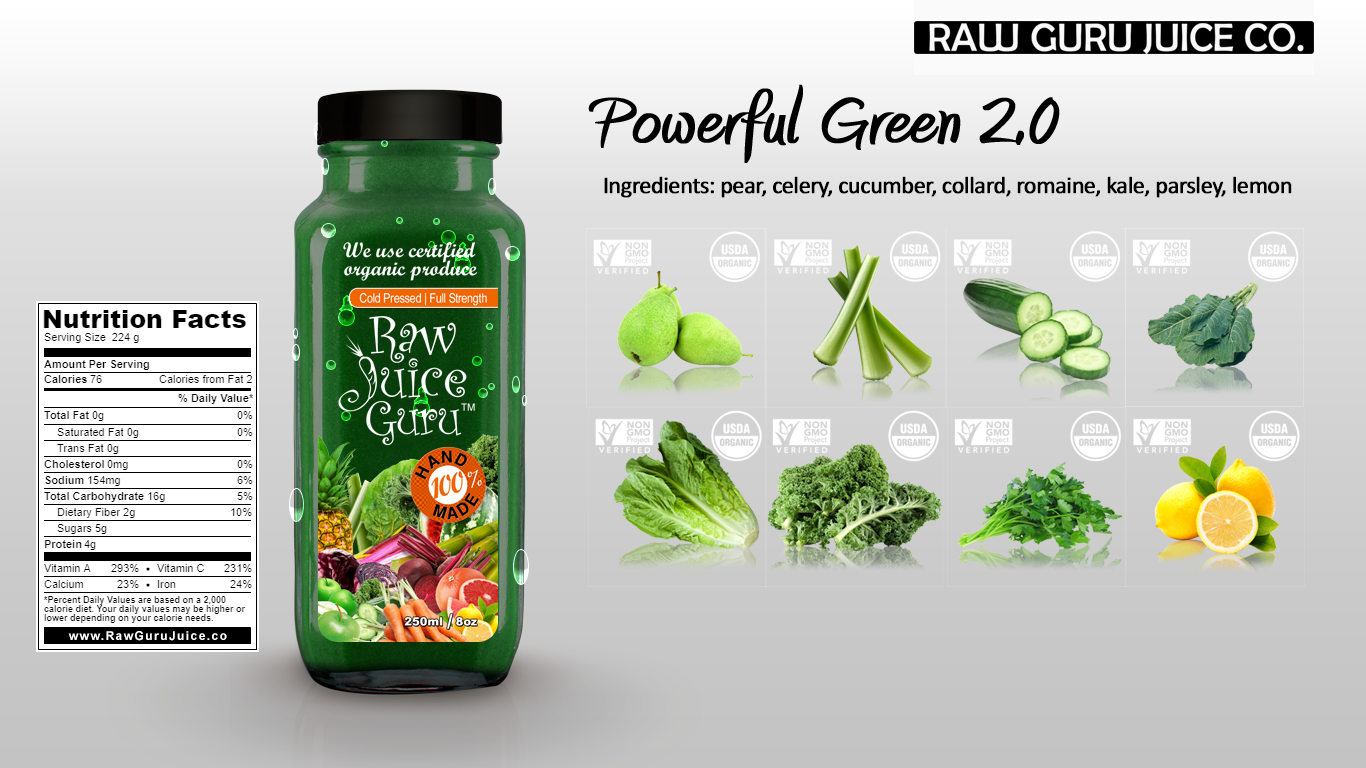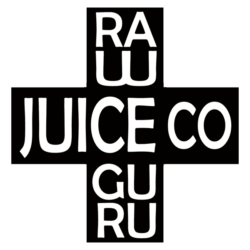Why Delivery Only
We have done it all and have found the sweet spot that works best. From retail to wholesale to event catering to shipping and deliveries. We learned what works and what doesn’t.
The logistics of fresh
Juice is best served fresh. This is the fundamental reason why juice bought in a retail store or juice outlet store that gets its juice delivered and produced in a remote location elsewhere doesn’t support freshness. It’s near impossible to forecast sales volumes. If you under deliver, you sell out and disappoint a lot of people that drive all the way down to buy your product. If you overproduce you will have left over juice. This will either lead to higher prices, to account for loss, or the sale of day old juice.
Our primary rule to support optimal freshness is:
We only sell juice on day 1. In other words we only deliver to the customer on the day it is produced.
To achieve this we only produce what we need to fulfill customer pre-orders. We offer daily doorstep delivery 364 days of the year. Closed only on New Years day.
How our prices are so competitive
We are by no means the cheapest product on the market. Companies like Coca-Cola (Suja), PepsiCo (Naked) and Starbucks (Evolution) have their own mass produced cold-pressed versions of what they deem to be ‘raw’. Some similar smaller companies are copying what is being done by these giant brands and are selling at retailers like whole foods.
Unlike these companies, our juice is not pressurized (no hpp) and has a very short shelf life of 5-7 days. Our juice is full strength, meaning no water added. According to the CFIA’s food labeling regulations, water is not an ingredients. So even though a bottle of juice found at a grocery store doesn’t have water listed as an ingredient doesn’t mean water was not added. In fact, for an item to be labelled as juice it only legally requires 5% real juice. YIKES! Our labels indicate that our juice is full strength! This means no water added. Adding water is the easiest way companies use to lower their prices. If it is a struggle to chug down a bottle of our juice – then you know it is full strength.
Each bottle has 6Lbs of produce which is about 10 servings of fruits and vegetables. layers of flavours are unveiled with every little sip. The absorption, due to the live enzymes, occurs instantly throughout the entire digestive tract, starting with the tongue. It may take you about 15 minutes to drink a full 16oz juice and for good reason.
We extract each ingredient separately in small batches. These ingredients are then combined to produce individually hand crafted juices. This is how we can make 900+ varieties of flavours with 5 different palate intensities and accommodate each persons health requirements and food sensitivities at only $10 per bottle!
How Does it Last 5-7 Days
We take painstaking measures to achieve this. And we do it with juice and only juice.
Raw! Cold-pressed! Organic! Unpasteurized! Unpressurized! Nothing added! Pulp removed!
First, we use the freshest produce. I’ve recently heard of a company that extracts juice from produce that the grocery stores are about to throw away, because the produce is unsaleable. Grocers, too, that make and sell juice, seldom use the crisp, fresh, brightly coloured produce that’s on their shelves. If it’s on the way out they make it into juice. Bruised, limp, fermenting, or otherwise questionable produce is never used to extract our juices. We even encourage our juice extraction operators to taste the produce before juicing the batch. We use so much produce that it’s easy to always have the freshest ingredients. Our growers deliver daily and we immediately store the produce in our walk-in coolers.
Second, we keep an eye on the temperature. Our growers hydro-cool the produce before delivering. Hydro-cooling is the process of running the produce through a device that washes with ice cold water after it’s picked from the hot field and before the produce is packed with ice and transported in refrigerated containers to us. Our temperature controlled production facility is kept between 0 and 5 degrees Celsius and our staff wear thermal suits to both stay warm and to prevent body heat from escaping into the environment. The ingredient batches, once extracted, are poured into glass containers, overflow filled, sealed and immediately refrigerated. The hand crafted bottles of juice are also overflow filled to prevent oxidation and are transported to your door in a cooler with a fresh ice pack rated for 10 hours.
So, from farm to your doorstep, there is very little fluctuation in temperature. Hence, there’s very little nutrient and enzyme depletion.
Short video we made back in the day illustrating the different types of juicers 🙂
Third, we use slow cold-press, one step, masticating juicers that operate at low to no heat. The gears simulate chewing and push the pulverized ingredients through tiny screens that separate pulp from juice. The produce is never ground up at high speed. The integrity of the ions in the juice are preserved during the extraction process further preventing oxidation and nutrient depletion. The ions house the vitamins, minerals, amino acids, fiber and live enzymes. The remaining pulp is so dry that experiments have shown even a rabbit won’t eat it. Our juicers are stainless steel and our products never come into contact with plastic, to avoid chemicals leaching into the juice. Our juicers are high yielding, which further accounts for our great prices, less waste!
We first started out using a Norwalk Juicer. Which quickly proved to be unfit for commercial use. The Gerson Institute, alternatively, recommends using the champion juicer along with a hydraulic press. We tried that too! And found that the champion operated at high speeds and neither were that much better than a centrifugal juicer. In general, 2 step juicers, grind up the produce in the absence of juice, risking heat – caused by friction, to compromise the juice molecules. The juice is then extracted by the press in step 2. Juice, extracted from a centrifugal process, starts to lose enzymes immediately and should be consumed within the hour. Whereas, juice, from a 2 step cold-press lasts up to 3 days. Single step masticating juicers protect the cold pulpy liquid from heating up as the shredding and pressing processes occur simultaneously – the juice is allowed to lubricate the gears and prevent friction. That, coupled with the slow speed stainless steel masticating juicers we use, allow our juices to last 5 to 7 days.
Here are the juicers in action:
For these reasons we no longer offer wholesale or pickup. If you order before 10am you can expect a delivery as early as next day or any date you specify thereafter.
We are duplicating this perfected model in cities across Canada and the US. For franchise opportunities chat, email or call us for details

